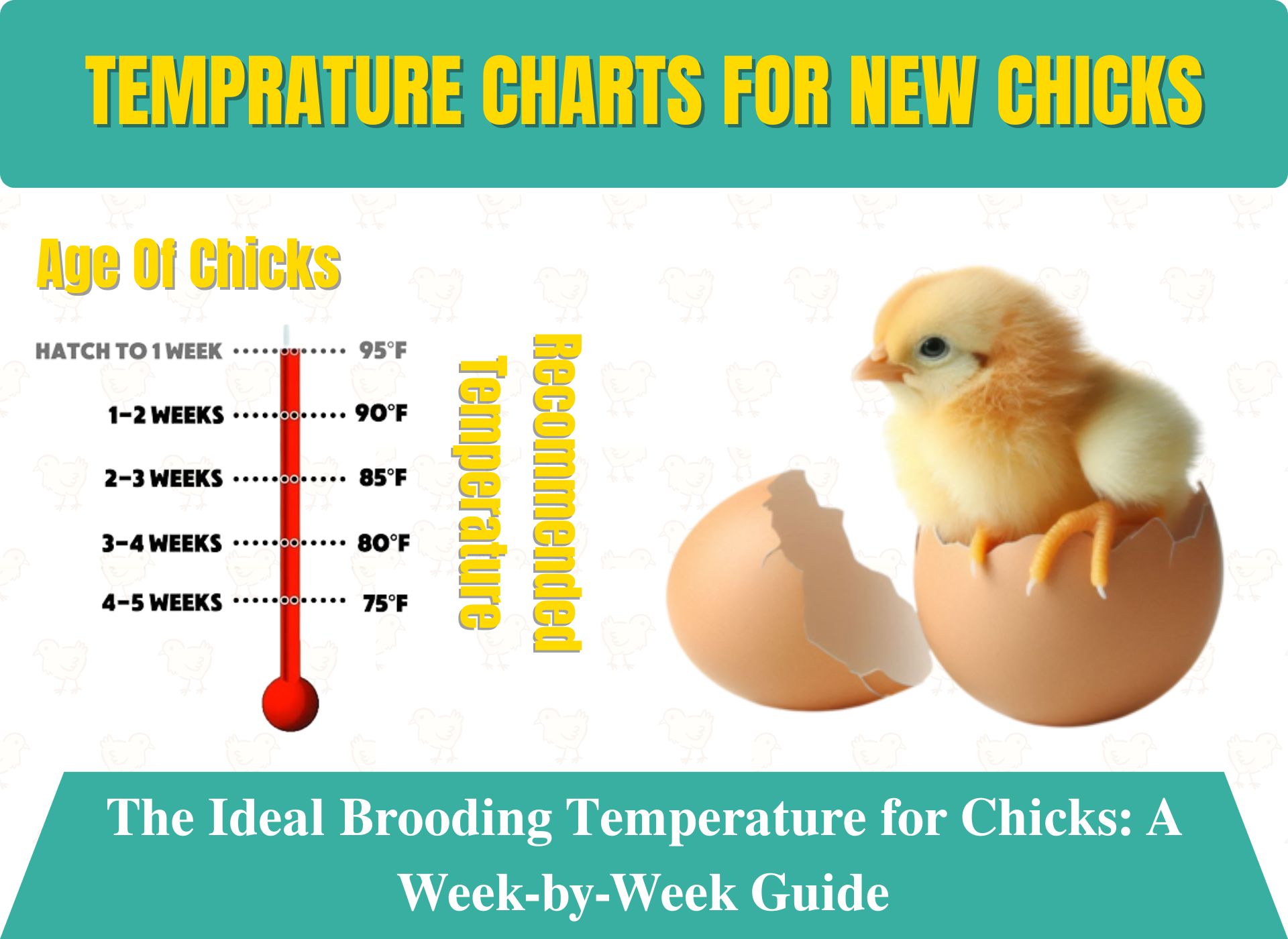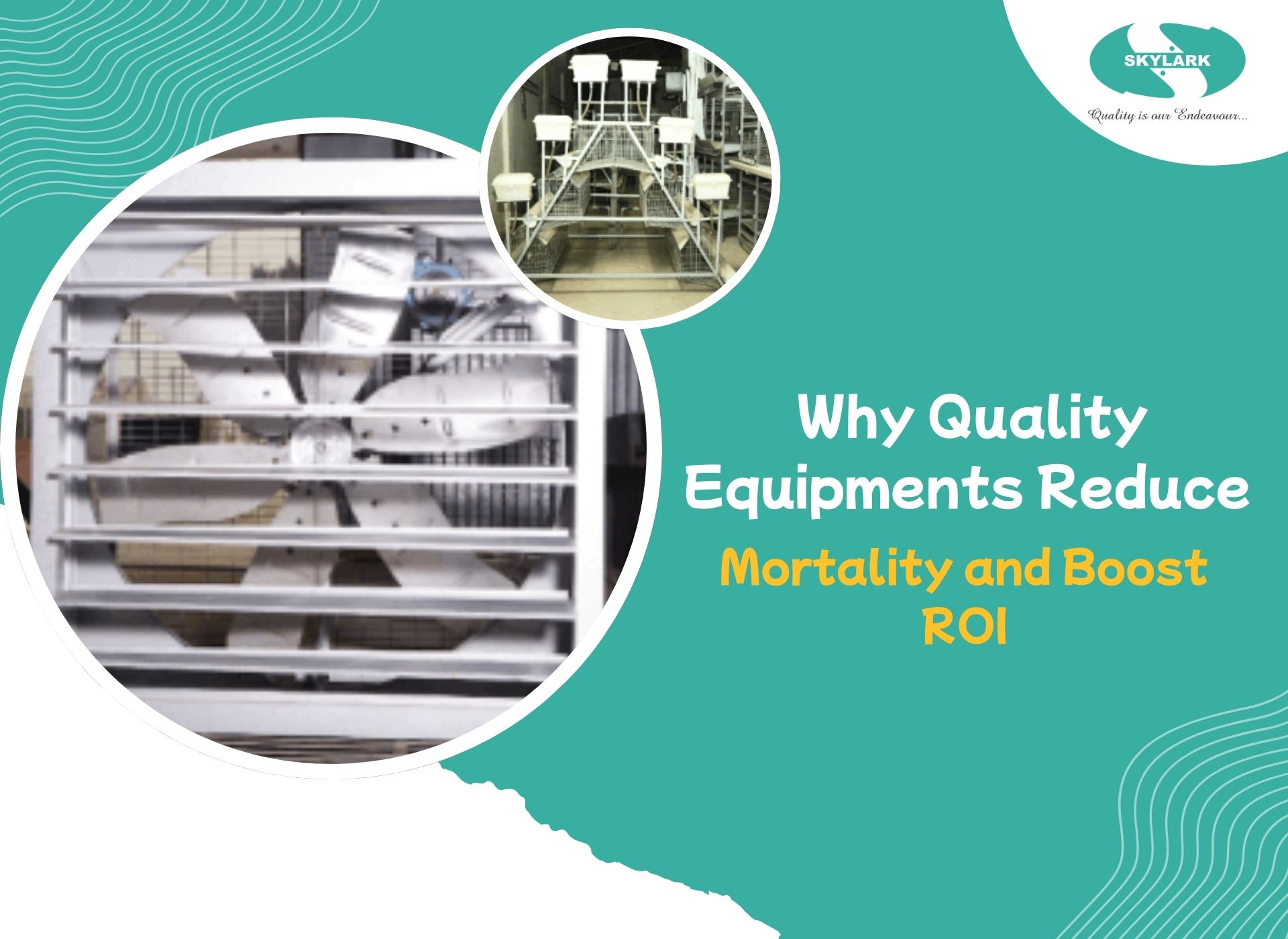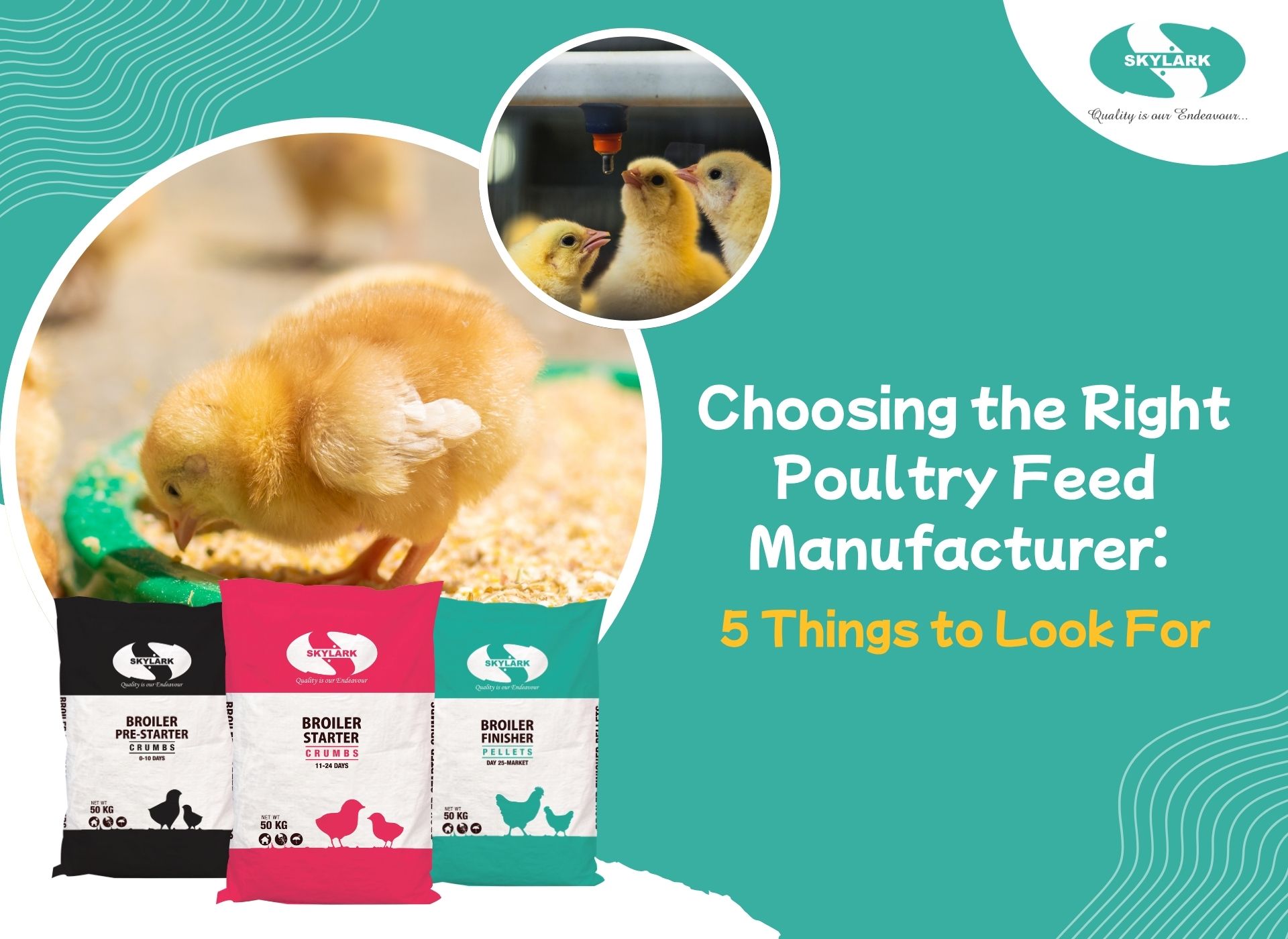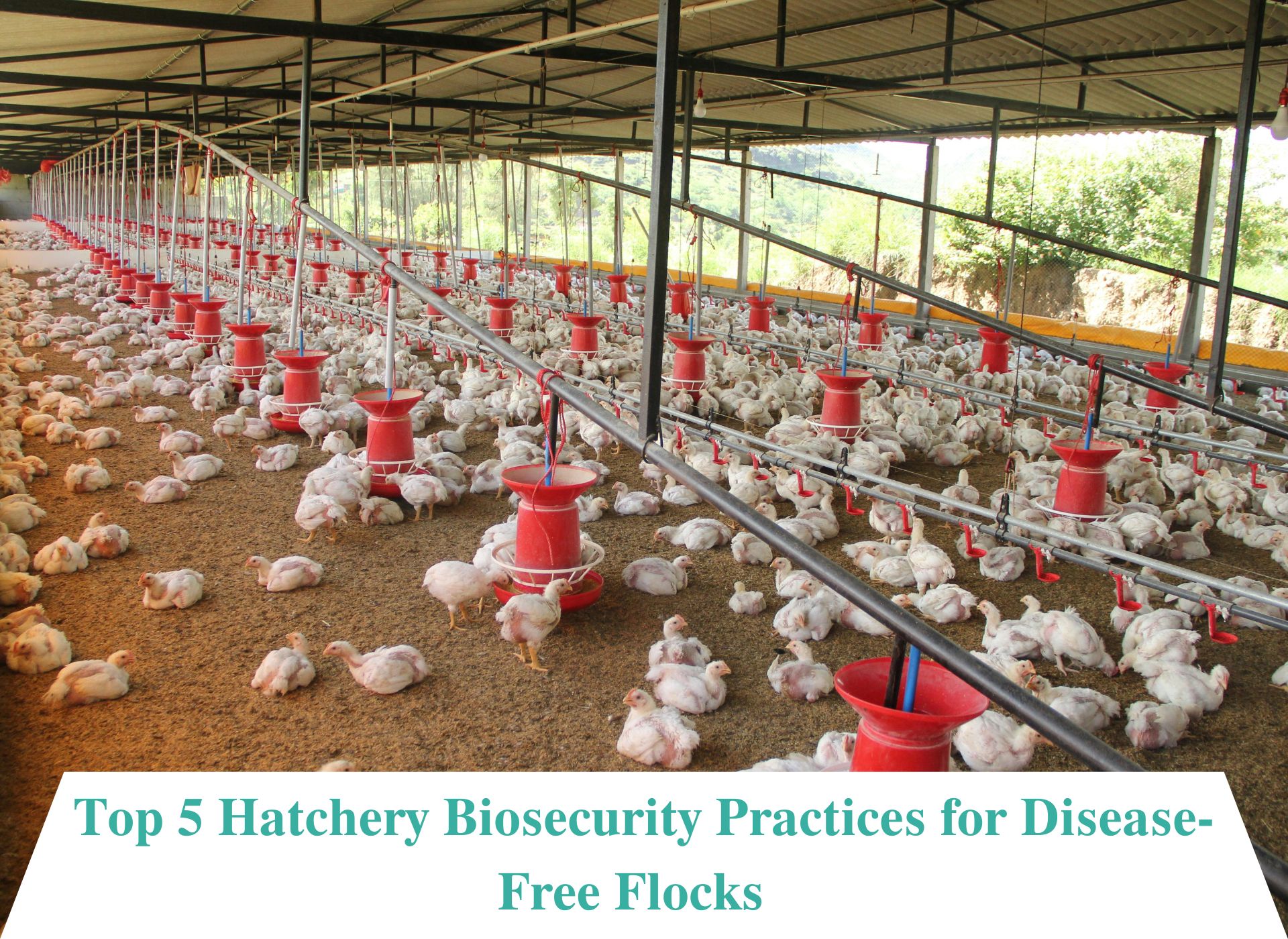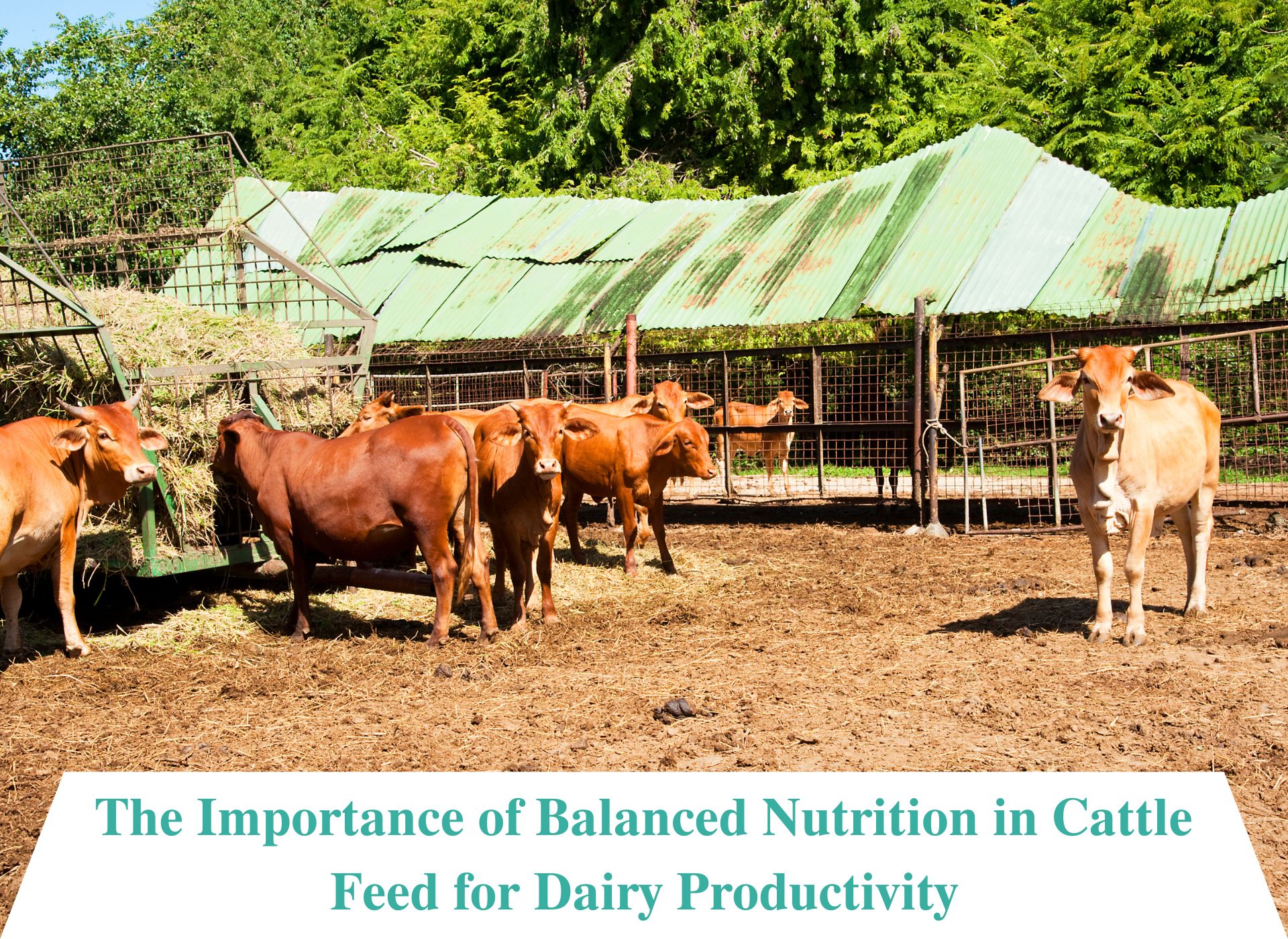Raising healthy chicks begins with two critical factors—temperature control and nutrition. While many poultry farmers focus heavily on feeding, one often overlooked element is maintaining the ideal brooding temperature, especially during the first few weeks of life. A balanced environment paired with high-quality poultry feeds ensures that chicks develop strong immunity, efficient digestion, and proper body weight.
In this week-by-week guide, we’ll walk you through the ideal brooding temperatures for chicks and how it ties in with selecting the right poultry feeds from reliable poultry feeds manufactures and poultry feed suppliers.
Why Brooding Temperature Matters
Newly hatched chicks are unable to regulate their own body temperature. Therefore, external heat is essential for their survival and growth. Incorrect temperatures—either too hot or too cold—can cause stress, reduced feed consumption, stunted growth, and even death.
When paired with the right poultry feeds, maintaining optimal brooding conditions sets the foundation for healthy flocks. Top poultry feeds manufactures recommend temperature control as an integral part of nutrition uptake and metabolic development.
Week-by-Week Temperature Guide
Let’s take a closer look at how the temperature should evolve during the early stages of a chick’s life:
Week 1: 32–35°C (90–95°F)
This is the most critical week for brooding. The brooder should be preheated before chicks arrive. Use heat lamps or brooding stoves to maintain a uniform temperature throughout the space.
Tips:
- Watch chick behavior—huddling means they’re cold; spreading away means it’s too hot.
- Feed high-protein starter poultry feeds to boost immunity and early weight gain.
Pro Tip: Collaborate with a trusted poultry feed supplier to ensure your starter feed meets all nutritional standards.
Week 2: 30–32°C (86–90°F)
By the second week, chicks begin to develop feathers and can tolerate slightly cooler conditions.
Tips:
- Gradually reduce temperature by 2–3°C from the first week.
- Ensure chicks are eating and drinking well. Good quality poultry feeds will reflect in their energy and feather growth.
Pro Tip: Some poultry feeds manufactures offer medicated starter feeds that support resistance to early diseases—especially beneficial in colder conditions.
Week 3: 28–30°C (82–86°F)
Chicks are now visibly more active. Maintain proper ventilation to prevent ammonia build-up, which can affect feed intake and respiratory health.
Tips:
- Continue reducing temperature by 2–3°C.
- Switch to grower feeds recommended by leading poultry feeds manufactures.
Pro Tip: A poultry feed supplier can guide you on the timing for transitioning to grower rations, which are more energy-dense.
Week 4: 26–28°C (79–82°F)
Chicks are rapidly growing now. The role of nutritionally balanced poultry feeds becomes more pronounced.
Tips:
- Introduce scratch grains or enrichments to encourage natural pecking behavior.
- Maintain dry bedding to avoid disease from damp environments.
Pro Tip: Ask your poultry feeds supplier for vitamin and mineral supplements if feed consumption reduces due to heat.
Week 5 & 6: 24–26°C (75–79°F)
As feathers fully develop, chicks can withstand more temperature fluctuations. However, sudden drops can still lead to stress or infection.
Tips:
- Final temperature reduction to match ambient barn temperatures.
- Full transition to grower poultry feeds.
Pro Tip: Monitor body weight weekly. If chicks are underweight, consult your poultry feeds manufactures for reformulation advice.
How Temperature Affects Feed Intake
Temperature and feed go hand-in-hand. In overly cold conditions, chicks will huddle together and reduce movement—meaning lower feed and water intake. Conversely, high heat can cause panting, which reduces appetite.
This is why poultry feed supplier partnerships are essential. They offer not just feed but also guidance on environment optimization for improved digestion and nutrient absorption.
What Happens If You Get the Temperature Wrong?
Even small temperature deviations can lead to:
- Poor feathering
- Reduced immunity
- Uneven growth
- Higher mortality
- Decreased feed efficiency
Top poultry feeds manufactures stress that even the best feeds can’t perform well if environmental conditions are inadequate. Proper heating, lighting, and humidity are essential to maximize the value of your poultry feeds.
Brooding Equipment That Helps Maintain Temperature
Invest in the right brooding tools for consistent results:
- Infrared heat lamps
- Gas brooders
- Thermostats and temperature controllers
- Ventilation systems
Using smart technology to maintain a constant environment allows you to focus on sourcing premium poultry feeds and monitoring chick performance.
Skylark Feed: Supporting Brooding Success
Whether you’re a small farmer or run a commercial hatchery, partnering with experienced poultry feeds manufactures like Skylark ensures your flock gets optimal nutrition. As a leading poultry feed supplier, Skylark provides:
- Nutritionally tailored feeds for each chick stage
- Expert guidance on feeding programs
- Support with health and temperature management
By combining quality feeds with smart temperature control, Skylark helps farmers raise stronger, healthier chicks—ready for market or breeding.
Conclusion
Brooding is not just about keeping chicks warm—it’s about giving them the best start possible. With the right temperature schedule and high-quality poultry feeds from reliable poultry feeds manufactures and poultry feed suppliers, you can raise chicks that thrive from day one.
Never underestimate the impact of temperature on chick behavior, feed intake, and long-term productivity. Stay consistent, watch your birds closely, and always be ready to adjust.
FAQs
Q1. What is the ideal brooding temperature for chicks during the first week?
A1. The ideal temperature is 32–35°C (90–95°F) during the first week.
Q2. How does brooding temperature affect poultry feed intake?
A2. Improper temperatures can reduce feed and water consumption, slowing growth.
Q3. When should I reduce the brooding temperature?
A3. Begin reducing the temperature by 2–3°C each week after the first week.
Q4. What type of poultry feeds should I use during brooding?
A4. Use high-protein starter feeds from trusted poultry feeds manufacturers.
Q5. Can poultry feed suppliers help with brooding advice?
A5. Yes, experienced poultry feed suppliers often provide feeding and brooding guidance for better chick health.

